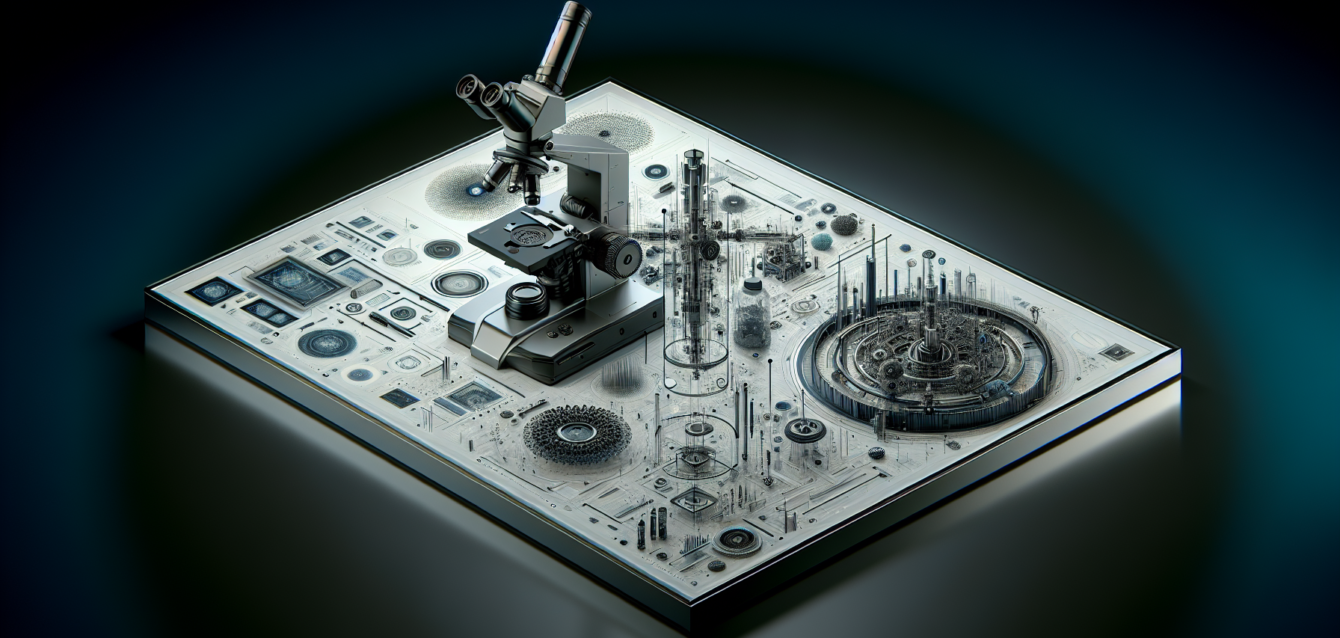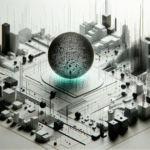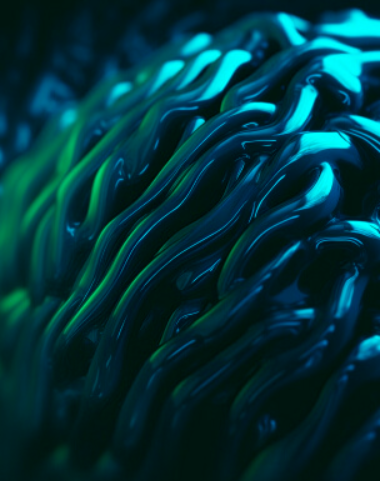Keyence Microscopie News: Transforming Imaging in Science and Industry
- Keyence is leading the transformation of microscopy technology, enhancing research capabilities across various fields.
- The Keyence BZ-X1000 Fluorescence Microscope offers significant speed and resolution improvements.
- Keyence microscopes support advanced applications, including research on the International Space Station.
- Academic and industrial institutions are leveraging Keyence technology to enhance efficiency and investigation capabilities.
- Integrated features in Keyence systems streamline workflows and enhance data collection.
Table of Contents
- A Shift in Microscopy: The Keyence Advantage
- Product Advances Worth Noting
- Academic and Industrial Adoption
- Noteworthy Features That Stand Out
- Pioneering Space Research
- Conclusion: The Future of Microscopy Starts Here
A Shift in Microscopy: The Keyence Advantage
The evolution of microscopy technology is not just about magnifying small details; it’s about making the process of observing, documenting, and analyzing the micro-world more efficient and accessible. With the recent launches and innovations from Keyence, laboratories worldwide are gearing up for enhanced workflows, leading to increased productivity and groundbreaking discoveries.
Product Advances Worth Noting
Keyence’s latest product innovations are particularly noteworthy. The Keyence BZ-X1000 Fluorescence Microscope exemplifies cutting-edge technology that streamlines lab operations. This powerhouse boasts a remarkable 3.5× resolution increase and is 5× faster in fluorescence imaging compared to its predecessors. Its modular design allows for versatility, supporting fluorescence, brightfield, phase-contrast, and structured illumination—all without requiring a darkroom. With features like Auto Navigation stitching and OME-TIFF export, it seamlessly integrates advanced automation while enhancing data interoperability for researchers.
In an exciting application of microscopy technology, the Keyence BZ-X800E All-In-One Fluorescence Microscope has been deployed on the International Space Station (ISS) since early 2021. This essential tool supports in-orbit imaging, utilizing advanced methods such as fluorescence, phase contrast, and high-definition time-lapse recording. The ability to conduct cytometry and Z-stack imaging (which enables 3D rendering of complex structures) means astronauts can study biological processes in ways never before possible.
Academic and Industrial Adoption
The latest Keyence microscopes aren’t just for high-tech laboratories and space endeavors—they’ve found homes in various industrial and academic settings. A prime example is Rainford Precision, a UK-based tool manufacturer that recently invested in the Keyence VHX-970FN digital microscope. This investment aims to enhance their ability to investigate and optimize micro and precision cutting tools, particularly tools less than 0.2 mm in diameter. The adoption of this technology allows them to diagnose tool performance issues comprehensively.
The University of Derby has also integrated the Keyence VHX-7000 Digital Microscope into its research toolkit. This powerhouse is facilitating detailed observations in diverse disciplines, including microbiology, forensic science, and geology. Its precision and high magnification make it invaluable for both undergraduate and advanced projects.
Noteworthy Features That Stand Out
Keyence microscopes are distinguished not just by the breadth of their application but also by their advanced features. High-resolution 10 MP CMOS cameras paired with potent LED light sources significantly reduce exposure times while increasing throughput. This is particularly vital in environments where time is of the essence, such as clinical diagnostics or fast-paced research settings.
Moreover, the multi-modality of Keyence systems is a game-changer. Rather than requiring multiple devices cluttering the lab bench, these systems can operate on various imaging modes—mixing fluorescence and brightfield, to name a few. This reduces equipment redundancy and supports a more streamlined approach to research.
Additionally, Keyence microscopes facilitate advanced workflow integration. Features like image stitching, compatibility with both slide and well plates, modular upgrades, and efficient data export capabilities make these tools ideal for routine tasks as well as complex experimental setups. This capacity for adaptability is vital in today’s fast-evolving research landscape, helping laboratories and researchers keep pace with the latest discoveries.
Pioneering Space Research
Perhaps one of the most exciting highlights of the Keyence microscope series is its utilization in space research. By being operational aboard the ISS, these microsystems exemplify the robustness and reliability required for exploratory missions beyond our planet. They enable scientists to conduct experiments and gather crucial data in microgravity conditions, opening doors to insights that could redefine our understanding of biological systems and materials science.
Conclusion: The Future of Microscopy Starts Here
The evolution of microscopy, particularly through innovations from Keyence, marks a pivotal moment in both research and industrial applications. As labs embrace these technologies, they are not merely enhancing their observational capabilities—they are fundamentally changing how discoveries are made and how knowledge is advanced.
For professionals in the Pharma, Biotech, and Food Tech sectors, staying updated with these developments is crucial. These emerging technologies offer novel ways to approach challenges, streamline processes, and ultimately improve outcomes. Consider how your lab could benefit from integrating such sophisticated tools into your workflow.
If you’re intrigued by the potential of enhancing your lab efficiency and research capabilities, we invite you to explore QPS Engineering’s range of services that specialize in tailored solutions for regulated industries. Contact our team via LinkedIn to discuss how we can support your engineering needs.
Innovation is here; let’s navigate it together.







